In a world where many assume Canada’s success is tied to its southern neighbor, the truth tells a different story. Over the past decade, the country has grown more self-reliant across industries, from tech and trade to clean energy and film. While the United States remains an important partner, Canada has built its own foundations for prosperity through innovation, sustainability, and global outreach. Here are 19 ways Canada is thriving without U.S. help.
Leading the Global Lithium Race

Canada’s lithium reserves have become crucial in powering the electric vehicle revolution. With projects in Quebec and Manitoba, Canadian mining firms are forming supply chains with Europe and Asia rather than relying on the U.S. The federal government’s Critical Minerals Strategy has invested billions to ensure domestic refining and processing capacity. Companies like Frontier Lithium and Sayona Mining are already exporting globally. By controlling the full battery cycle, from extraction to technology partnerships, Canada is ensuring energy independence while positioning itself as a responsible global supplier in the transition to green mobility.
Dominating Clean Energy Innovation

Hydroelectric power remains one of the country’s strongest assets, supplying nearly 60% of its electricity. Provinces like Quebec, Manitoba, and British Columbia not only sustain local energy demands but also export excess power to Europe. Canada’s clean energy sector employs over 430,000 people, and investments in hydrogen, wind, and tidal energy are expanding rapidly. While the U.S. still debates renewable policy, Canada has built entire communities powered solely by renewables, such as Oxford County in Ontario. These homegrown advances showcase a blueprint for energy autonomy that requires no American input or dependency.
Building Its Own Tech Ecosystem

Toronto, Vancouver, and Montreal are now among the world’s top emerging tech hubs. Instead of depending on Silicon Valley’s influence, Canada has fostered its own network of AI labs, startups, and innovation zones. Shopify’s rise from Ottawa to global dominance is a prime example of self-made success. Additionally, the government’s Global Talent Stream visa program has attracted international developers and researchers, creating one of the world’s most diverse tech communities. With strong domestic venture capital and public innovation grants, the country has proven that groundbreaking technology can flourish without U.S. mentorship or capital.
Expanding Global Trade Partnerships

Canada has diversified its trade far beyond its southern border through agreements like CETA with the European Union and CPTPP with Asia-Pacific nations. These deals give Canadian producers preferential access to nearly 1.5 billion consumers worldwide. Agricultural exports to Japan and seafood shipments to South Korea have grown significantly under these frameworks. Rather than relying on U.S. markets, Canadian exporters are now hedging risks by developing new relationships across Europe, the Indo-Pacific, and Africa. This outward approach has strengthened the economy and demonstrated an independence that transcends traditional North American trade dependence.
Growing a Self-Sufficient Film Industry

Canada’s film industry has flourished into a global powerhouse, with Vancouver and Toronto nicknamed “Hollywood North.” Yet the success isn’t just from servicing American productions, it’s from developing its own cinematic identity. Streamers like Crave and CBC Gem are funding homegrown films and series that perform strongly internationally. Tax incentives and skilled crews have made the country a magnet for global co-productions with Europe and Asia. Indigenous filmmakers are also shaping authentically local narratives. This thriving entertainment sector stands as proof that creative industries can prosper without needing U.S. backing.
Strengthening Indigenous Economic Power

Indigenous-owned businesses now contribute over $50 billion annually to Canada’s economy. From clean energy projects in British Columbia to tourism ventures in Nunavut, Indigenous entrepreneurs are leading sectors with self-determination and cultural integrity. Financial institutions like the First Nations Bank of Canada provide tailored capital access, enabling communities to own infrastructure rather than depend on external partnerships. Government policies increasingly support procurement from Indigenous suppliers, further boosting independence. This movement toward Indigenous-led development symbolizes economic empowerment built on sovereignty, not dependency, redefining what sustainable progress looks like within and beyond Canada.
Advancing Healthcare Research and Manufacturing

During global medical supply disruptions, Canada learned the importance of independence. New pharmaceutical manufacturing facilities in Montreal and Vancouver are ensuring vaccines and essential drugs are made locally. The National Research Council’s Biologics Manufacturing Centre now produces advanced therapies domestically. Research collaborations among universities have led to breakthroughs in cancer immunotherapy and neuroscience, earning global recognition. By strengthening its medical infrastructure and supply chains, the country has ensured its population can access critical healthcare resources without relying on American manufacturing or distribution systems.
Modernizing Agriculture for Global Demand
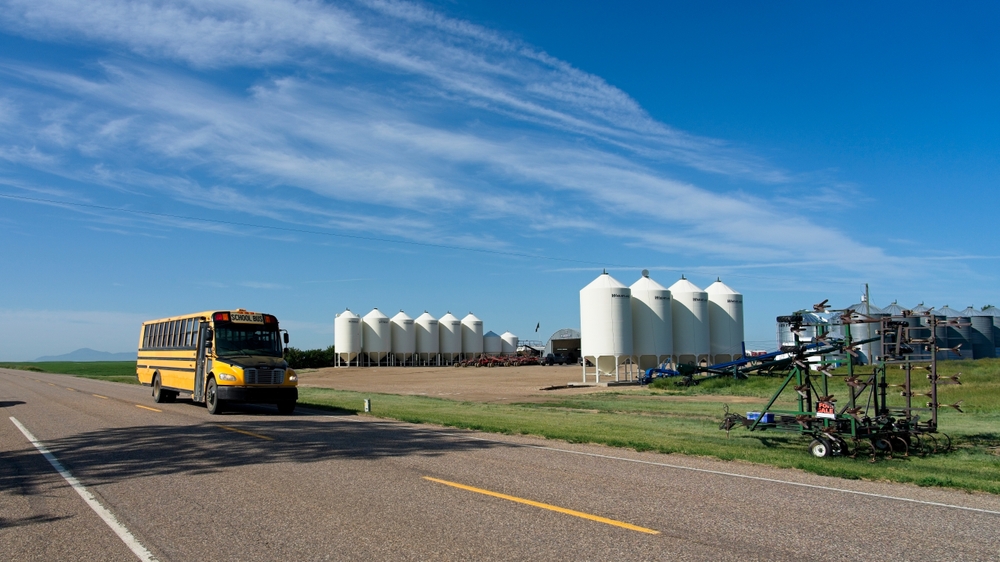
Farmers across Saskatchewan and Alberta are embracing precision agriculture, using AI and satellite data to optimize yields. These technologies, developed through Canadian startups like Farmers Edge, have made farming more efficient and sustainable. Export diversification means Canadian crops now reach Europe and Asia as frequently as they cross into the U.S. The sector’s focus on regenerative soil practices and smart irrigation has earned international acclaim. By integrating technology and environmental stewardship, Canadian agriculture has become self-sustaining, profitable, and less vulnerable to external trade fluctuations.
Establishing Leadership in Quantum Computing

Quantum computing research in Waterloo has gained worldwide attention. Institutions like the Perimeter Institute and D-Wave Systems are developing technologies that even Silicon Valley watches closely. This deep tech ecosystem, supported by federal funding and private investment, positions the nation as a global hub for next-generation computing. These advancements could revolutionize cybersecurity, logistics, and finance without needing cross-border reliance. By prioritizing scientific depth over hype, Canada is quietly leading a technological frontier that defines self-reliance at a level few countries can match.
Revitalizing Urban Infrastructure
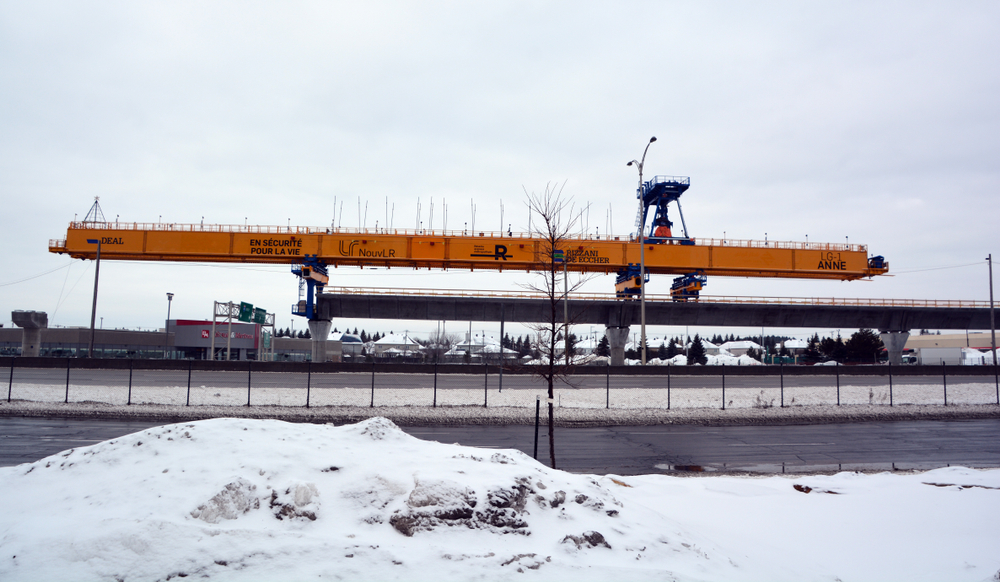
Canadian cities are becoming models for sustainable urban development. Projects like Toronto’s Quayside, Edmonton’s Blatchford community, and Montreal’s REM network represent forward-thinking city design powered by local innovation. Federal infrastructure programs prioritize clean transit, affordable housing, and digital connectivity. These developments rely on domestic engineering expertise and Canadian construction technology. The result is not just economic stimulus but also livable urban environments designed independently of American urban planning models. By building smarter and greener cities, Canada is proving that progress doesn’t need to imitate its neighbor’s blueprint.
Developing World-Class Education Systems

Canadian universities consistently rank among the world’s best, attracting international students seeking quality education in a stable environment. Institutions like the University of Toronto, McGill, and UBC are leading in AI, sustainability, and medicine. These schools collaborate directly with global partners, from Oxford to the National University of Singapore, rather than depending on U.S. institutions. Education exports contribute over $22 billion to the economy annually, surpassing many traditional industries. The emphasis on inclusivity and research innovation has made Canada an academic leader with independent influence in global higher education.
Strengthening Domestic Manufacturing Capacity

To avoid overreliance on imports, Canada has revived its manufacturing base through automation and green production. Ontario’s auto sector now produces electric vehicles for global export, backed by investments from Stellantis, Volkswagen, and Honda. The National Supply Chain Strategy has increased resilience by focusing on domestic suppliers and logistics hubs. Even smaller industries, like furniture and aerospace, are thriving under new “Made in Canada” initiatives. These developments reduce vulnerability to external shocks and demonstrate that the country can produce world-class goods without waiting for external supply solutions.
Growing Cultural Exports Globally

Canadian artists, musicians, and writers have become international icons without American gatekeeping. The success of artists like The Weeknd, Drake, and Shawn Mendes shows how homegrown talent can dominate global charts from Toronto to Tokyo. Book publishers and streaming services are promoting local authors and stories, expanding cultural exports beyond North America. Canadian fashion labels like Arc’teryx and Roots have achieved global recognition while maintaining local production ethics. The growing creative economy demonstrates that cultural influence doesn’t require validation from U.S. media ecosystems.
Becoming a Global Leader in AI Ethics

As artificial intelligence advances rapidly, Canada has positioned itself at the forefront of responsible AI governance. The Montreal Declaration and initiatives by the Vector Institute promote transparency, fairness, and inclusivity in technology. Canada co-founded the Global Partnership on AI alongside the EU and Japan, setting ethical standards recognized by the OECD. Instead of mirroring Silicon Valley’s “move fast” culture, Canadian AI development prioritizes social good and accountability. This balanced approach has earned international trust, proving innovation can thrive within a moral and independent framework.
Building Sustainable Fisheries and Ocean Economy
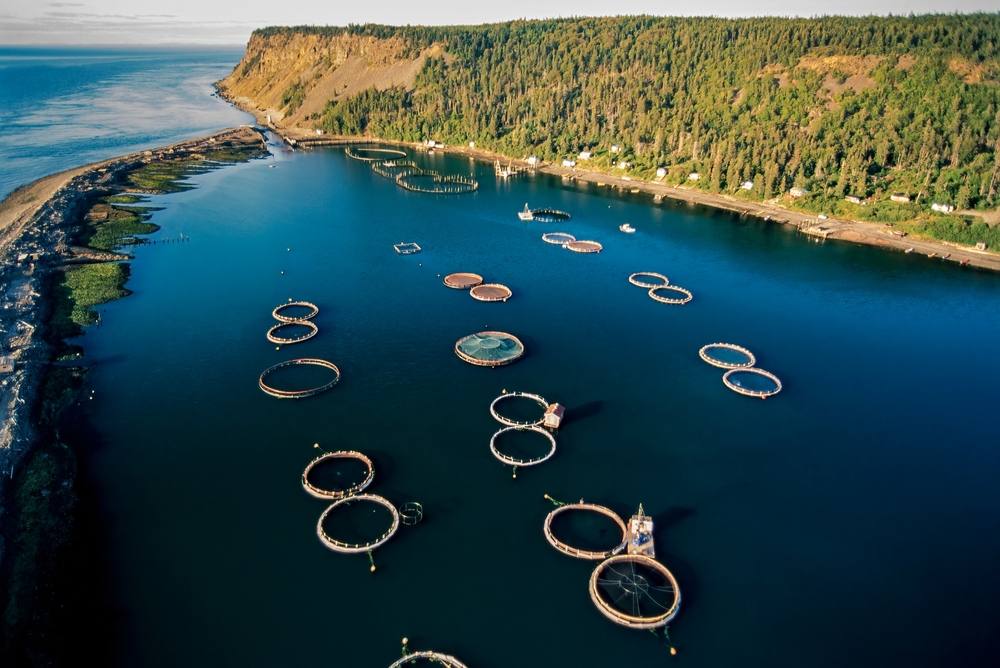
The maritime provinces have transformed fisheries into sustainable and profitable industries through advanced monitoring and responsible quotas. Companies in Newfoundland and Nova Scotia export high-quality seafood to Europe and Asia. Programs led by Ocean Supercluster in Atlantic Canada have fostered collaboration between scientists and entrepreneurs to develop ocean-based technologies. This blue economy now contributes billions to GDP while protecting ecosystems. It’s a model built on environmental balance and innovative management, showing that economic prosperity from natural resources can thrive without dependency on American seafood markets.
Fostering a National Digital Economy

Canadian fintech and e-commerce industries are booming through innovation and regulation tailored for domestic growth. Payment processors like Nuvei and digital banks such as KOHO are competing internationally. The country’s stable regulatory environment and cybersecurity standards attract investors seeking safe alternatives to volatile foreign markets. Initiatives like the Digital Charter Implementation Act emphasize data protection and consumer trust. These frameworks allow entrepreneurs to scale confidently, maintaining national control over digital infrastructure while expanding globally without leaning on American financial systems.
Leading Humanitarian and Peacekeeping Efforts
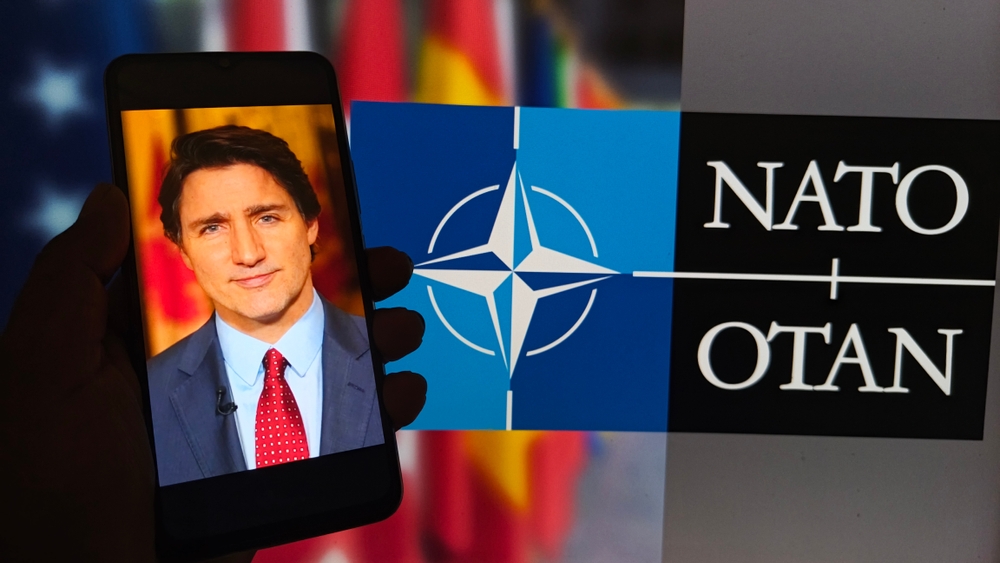
Canadian diplomacy continues to thrive independently through peacekeeping missions, humanitarian aid, and climate advocacy. The country plays active roles in the UN, NATO, and the Commonwealth, often mediating conflicts or leading aid initiatives without U.S. intervention. Recent missions in Haiti and Sudan, as well as leadership in refugee resettlement programs, highlight Canada’s capacity to act on global priorities through soft power. This international presence builds alliances and influence through cooperation and compassion, reaffirming that leadership on the world stage doesn’t require following the American lead.
Advancing Domestic Aerospace Excellence
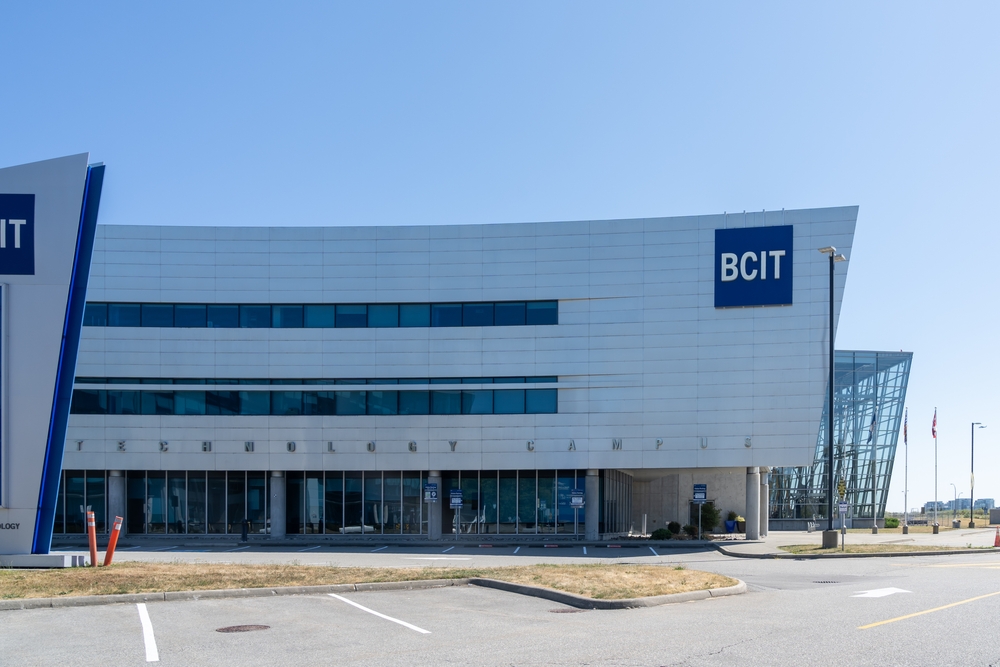
Montreal and Winnipeg remain major centers for aerospace innovation, hosting companies like Bombardier, CAE, and Pratt & Whitney Canada. These firms produce world-class aircraft components and flight simulators sold to markets across Europe, Asia, and the Middle East. Government support through programs like the Aerospace Regional Recovery Initiative ensures competitiveness in a high-tech global industry. This thriving sector demonstrates technical independence and engineering capability that rivals larger nations. The ability to design, produce, and export cutting-edge aerospace technology solidifies Canada’s reputation as a self-reliant industrial force.
Prioritizing Environmental Stewardship and Climate Goals

Canada’s focus on net-zero emissions by 2050 has generated new industries and thousands of jobs. Initiatives like carbon pricing, green building codes, and reforestation programs set it apart from less ambitious nations. The country’s carbon capture projects in Alberta are among the largest in the world, and federal investment in nature-based solutions is attracting international praise. This environmental commitment not only enhances sustainability but also strengthens the economy through innovation. By turning climate responsibility into opportunity, Canada demonstrates true independence in policy direction and execution.
21 Products Canadians Should Stockpile Before Tariffs Hit

If trade tensions escalate between Canada and the U.S., everyday essentials can suddenly disappear or skyrocket in price. Products like pantry basics and tech must-haves that depend on are deeply tied to cross-border supply chains and are likely to face various kinds of disruptions
21 Products Canadians Should Stockpile Before Tariffs Hit
